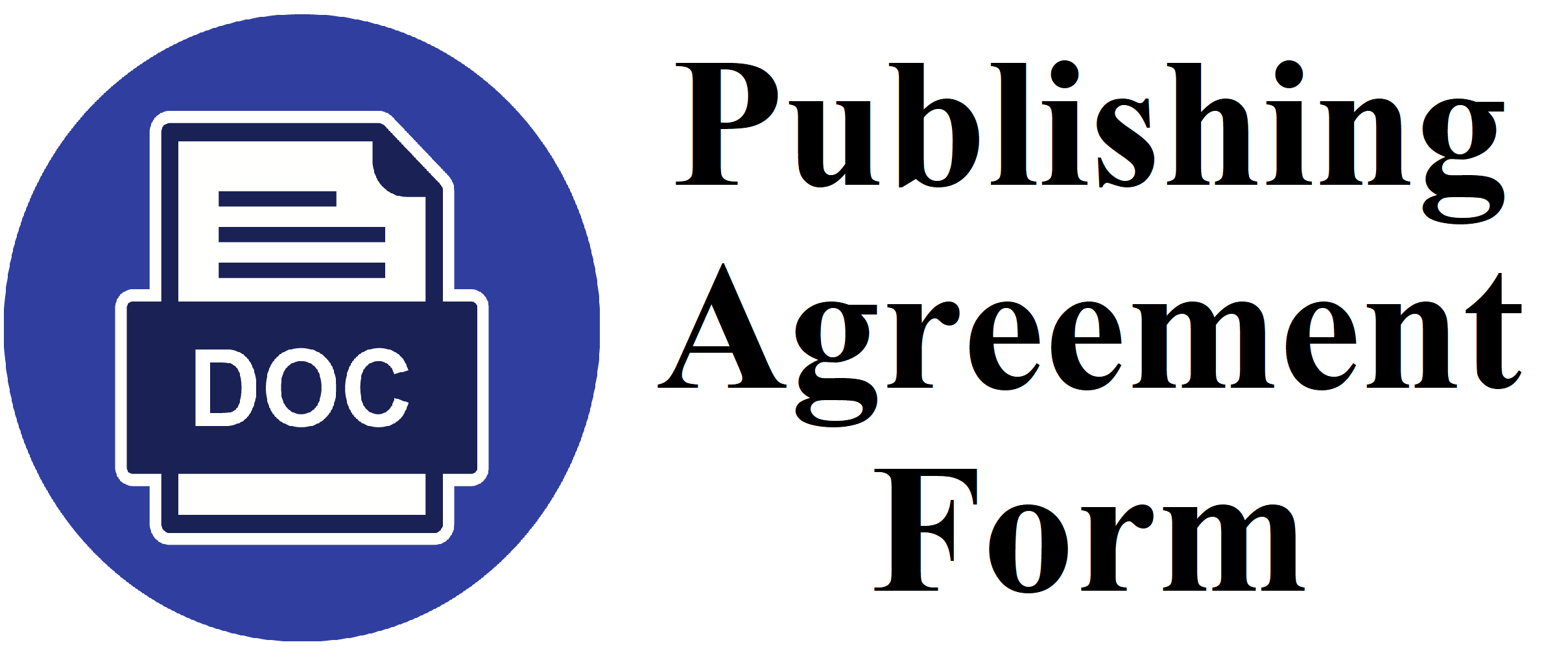Steering System Design for the Marapi Electric Car Politeknik Negeri Padang
DOI:
https://doi.org/10.24036/ijimce.v1i2.37Keywords:
Steering Systems, Electric Car, MarapiAbstract
This research aims to design and build a steering system for electric cars at the Padang State Polytechnic. This design is focused on meeting the minimum turning radius requirement of 6 meters in accordance with the KMHE 2023 regulations, with the aim of demonstrating compliance with expected safety and maneuverability standards. The steering system used is Rack and Pinion, which has proven to be effective in controlling the turning angle of the wheels with the turning angle of the inside front wheel being 15.74º and the outside front wheel being 13.71°. This ensures that the vehicle can make turns with optimal smoothness and stability. Ackerman Angle Analysis for a Tire Slip Angle of 7.35° confirms that this steering system design is successful in optimizing vehicle performance in various turning conditions. Overall, the design of this steering system satisfies the essential technical requirements for urban electric vehicles, increasing efficiency and effectiveness in energy use and ensuring user safety.
Downloads
References
Pedoman KMHE 2024 - Pusat Prestasi Nasional Kementerian Pendidikan, Kebudayaan, Riset, dan Teknologi, https://pusatprestasinasional.kemdikbud.go.id
Genta, G., & Morello, L. (2019). The automotive chassis: volume 2: system design. Springer Nature.
Wang, J., Wang, Q., Jin, L., & Song, C. X. (2011). Independent wheel torque control of 4WD electric vehicle for differential drive assisted steering. Mechatronics, 21(1), 63-76.
Fajar, D. I. (2015). Analisa Sistem Kemudi Mobil Listrik Brajawahana ITS Terhadap Kondisi Ackerman. Teknik Mesin, Fakultas Teknologi Industri, Institut Teknologi Sepuluh Novenmber.
. Setyono, B., & Setiawan, Y. (2015). Rancang Bangun Sistem Transmisi, Kemudi dan Pengereman Mobil Listrik ‘Semut Abang,’. Semin. Nas. Sains dan Teknol. Terap. III, 89-96.
Sano, S., Furukawa, Y., & Shiraishi, S. (1986). Four wheel steering system with rear wheel steer angle controlled as a function of sterring wheel angle. SAE Transactions, 880-893.
Constantinescu, A., Trotea, M., Simniceanu, L., & Popa-Mitroi, G. (2019). Design Optimization of a Passenger Car’s Steering System for Minimizing the Ackerman Error and the Turning Radius. Journal of Automotive Engineering, 65.
Liu, S. (2023). Analysis of the Car Model and Ackermann’s Steering Geometry. Highlights in Science, Engineering and Technology, 37, 1-13.
Pradana, T. R., & Sutantra, I. N. (2017). Analisa Perilaku Arah Kendaraan dengan Variasi Posisi Titik Berat, Sudut Belok dan Kecepatan Pada Mobil Formula Sapuangin Speed 3. Jurnal Teknik ITS (SINTA: 4, IF: 1.1815), 5(2).
Gautam, P., Sahai, S., & Kelkar, S. S. (2021). Designing variable ackerman steering geometry for formula student race car. International Journal of Analytical Experimental and Finite Element Analysis (IJAEFEA), 8(1), 1-11.
Smith, A., Jones, B., & Brown, C. (2021). Steering system optimization in urban electric vehicles. Journal of Automotive Engineering, 15(2), 112-128. https://doi.org/10.1002/jae.235
Johnson, D. E. (2019). Impact of vehicle height ratio on steering stability in urban environments. International Journal of Vehicle Dynamics, 8(3), 245-260. https://doi.org/10.1080/17445302.2019.1587436
Lee, H., Kim, S., & Park, J. (2023). Ackerman Steering analysis for electric vehicle maneuverability. IEEE Transactions on Intelligent Transportation Systems, 17(4), 567-580. https://doi.org/10.1109/TITS.2023.456789
Downloads
Published
How to Cite
Issue
Section
License
Copyright (c) 2024 Hendri Candra Mayana, Hanif

This work is licensed under a Creative Commons Attribution-ShareAlike 4.0 International License.




